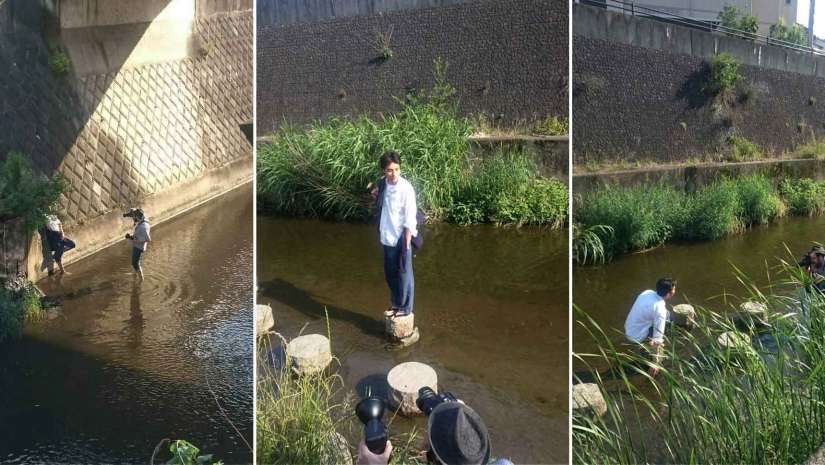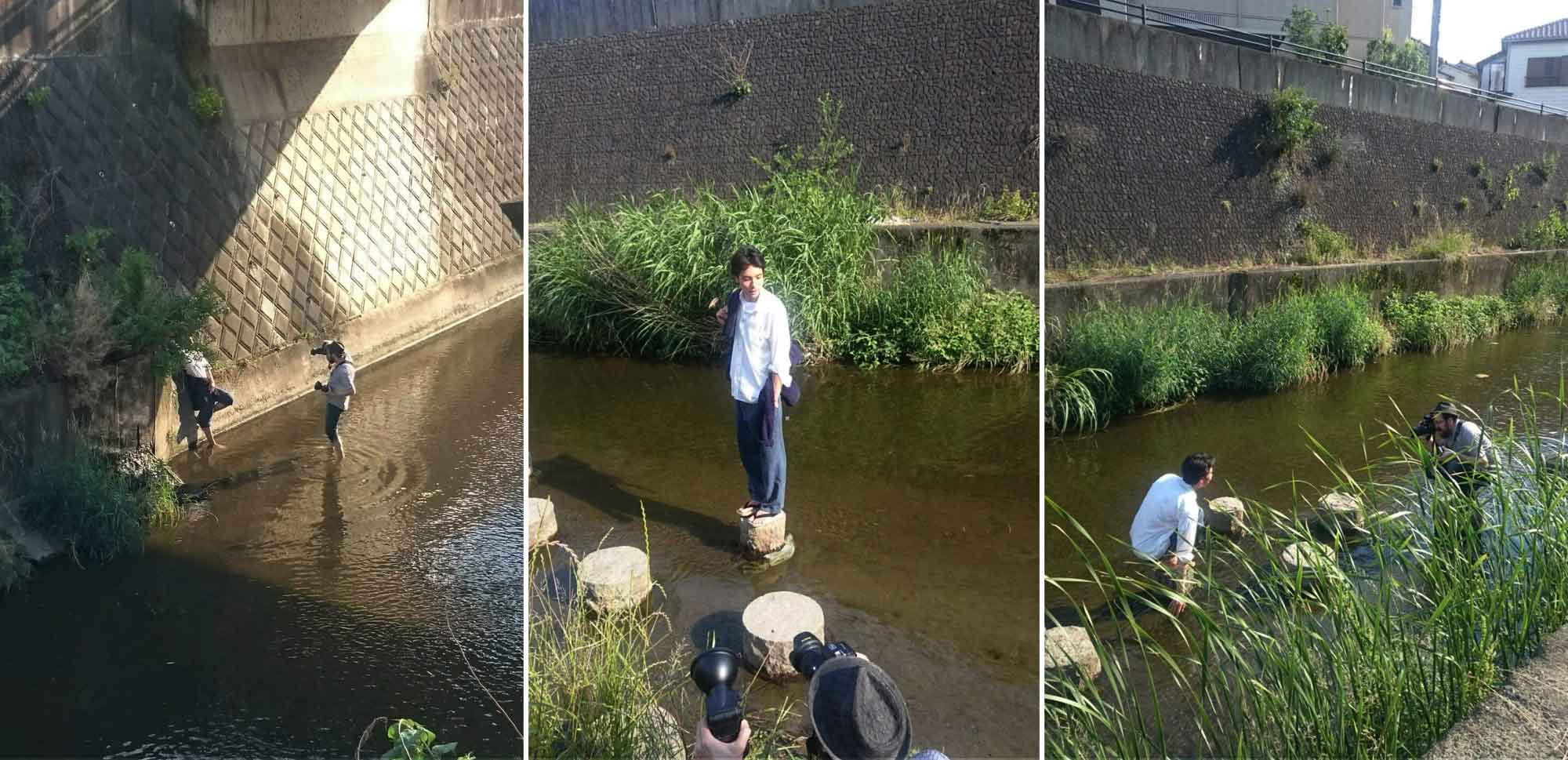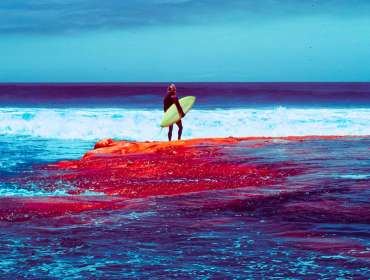In Part 1 of this series, I laid out the gear I travel with. My setup generates the most flexible approach to lighting as I know it, while at the same time packing lightest and smallest for its output.
This second part of the series demonstrates some of my broadly applicable strategies for using the Streaklight, three strategies creating a framework to address most shooting circumstances.
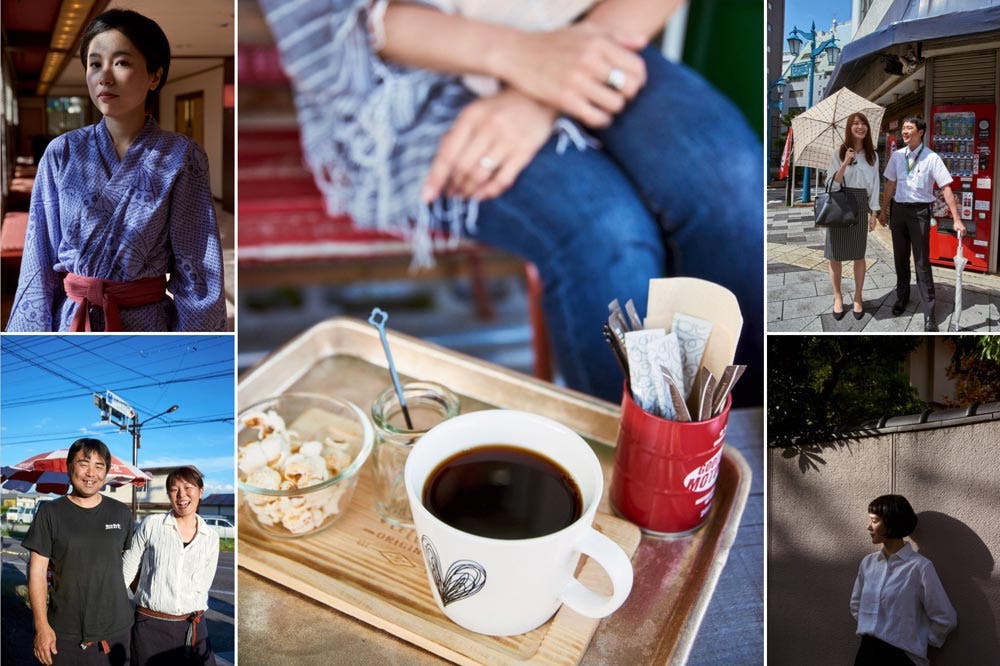
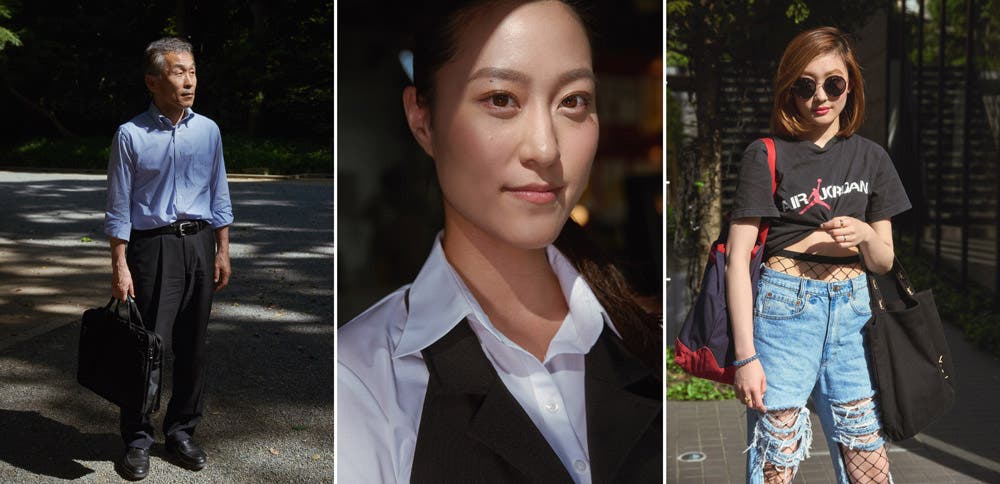
Mixing Streaklight with Ambient: Two Complementary Setups
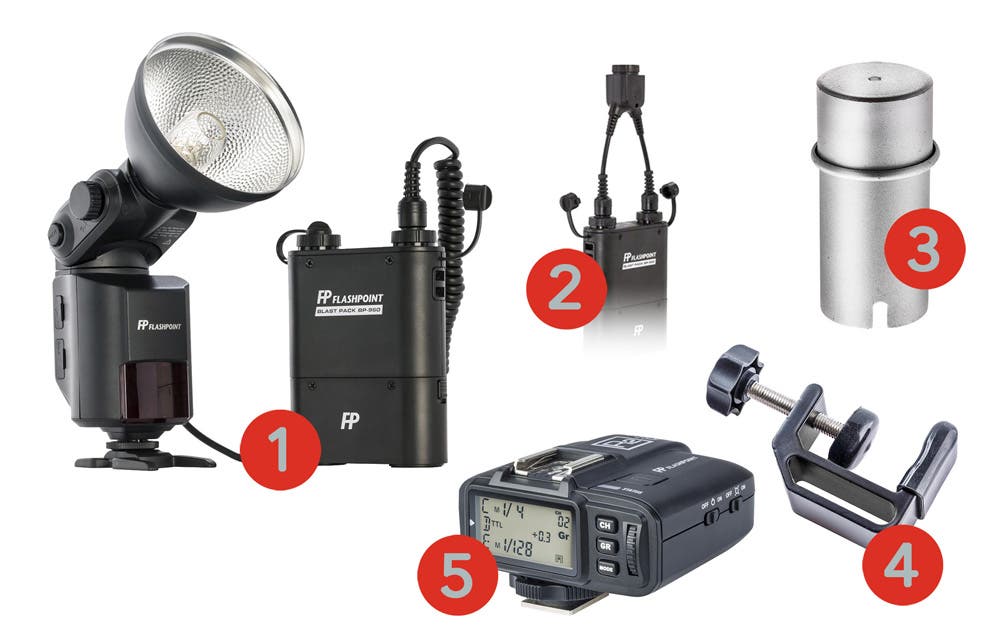
Once I arrive on location, I often break out one complete Streaklight and use it in conjunction with available ambient light. The above are the components needed: a Streaklight TTL with its BP960 power pack; the standard reflector (or your modifier of choice – I often use either the Glow Parapop 38” or a Photek Softlighter); and the Y doubler cable. If you’re using a stand and larger modifier, I recommend a Glow Bowens S-Type adapter, with either a small stand or something a bit more substantial. My small stand of choice is the Manfrotto “nano” (officially the Nanopole), and for more demanding circumstances, I grab an Avenger Heavy “kit stand” and add an arm & knuckle from a C-Stand.
This is my go-to strategy on most days – provided ample sunlight, I can use the sun as my main light, filling with the Streaklight; or the reverse, with the Streaklight as key, sunlight as fill. The Flashpoint R2 trigger makes moving through varied lighting conditions a no-brainer, as it automatically and remotely jumps your Streaklight in to High Speed Sync (HSS) when you want to blend high shutter speed and ambient. You can change the power of your light remotely, and if you jump to the Xplor 600, you can even do cool party tricks like activating the modeling light remotely.
Bonus, the R2 trigger commands a receiver that the TTL Streaklight has built-in, so you only need to carry the trigger and its rechargeable AA’s – no need for a separate receiver and another pair of AA batteries. Every little bit of weight and volume shaved from your travel packing helps. If you happen to already own a manual Streaklight, the 2.4ghz bridge receiver requires no power source, packs light and small (“easy to lose” small), and allows the manual Streaklight to access many of the functions of the R2 & TTL combo.
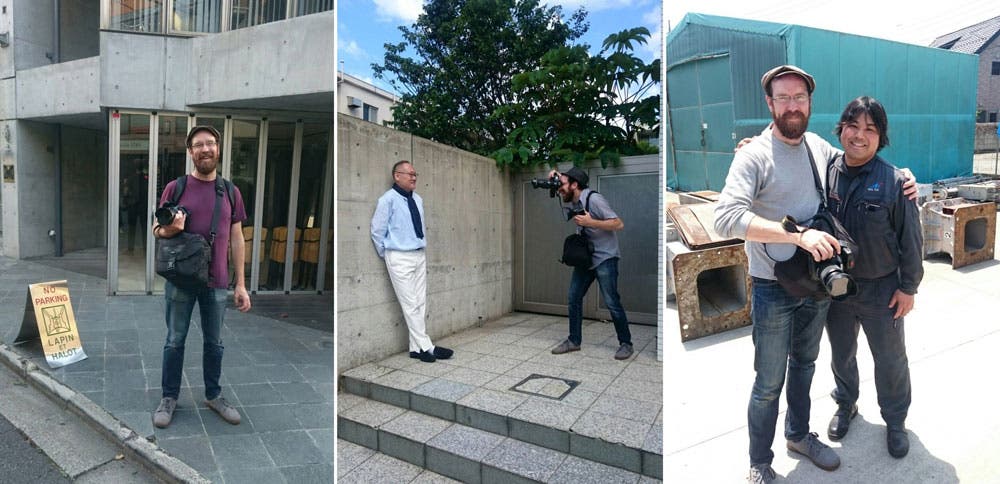
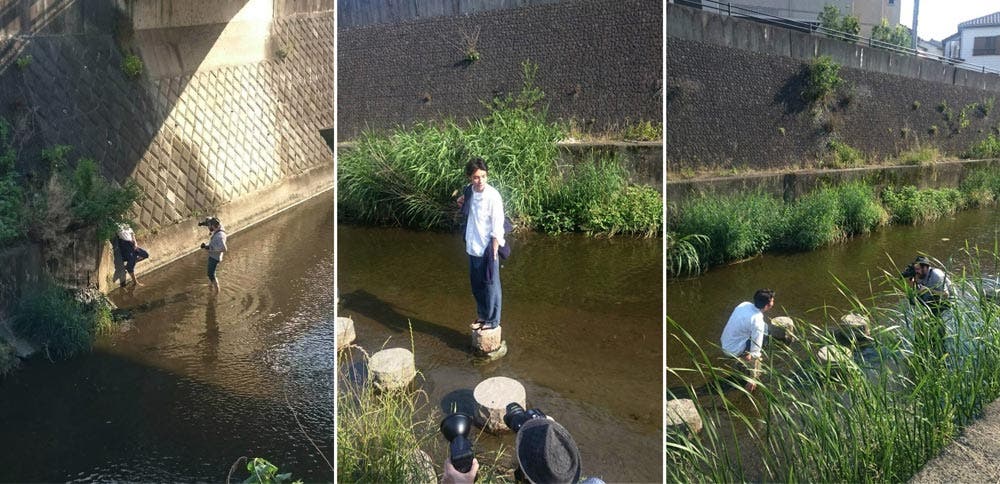
The small bag I carry is sufficient to hold the Streaklight complete, as well as extras needed to pull through a long and active day: extra camera batteries, CF & SD cards. As I’m shooting I will often rest the Streaklight on the bag as it sits in front of my waist, and let it work as an on-axis fill flash, tucked *under* my lens. I take a few test shots and set it *just below* ambient from the FOV / subject distance of my lens. This is how I capture these “street fashion” images in Harajuku, Tokyo’s spot known for its stylish and sometime eccentric subjects.
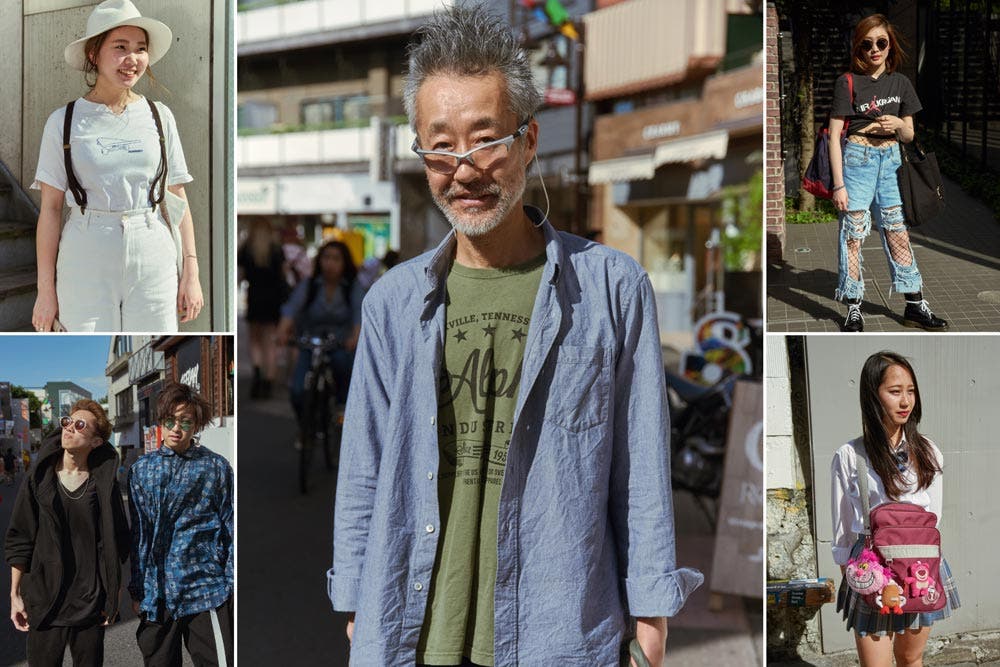
In addition to the Streaklight providing a little kick to “street fashion” images, I use the same strategy with more intentional portraiture. I spotted this woman near a shrine and thought she made a great subject:
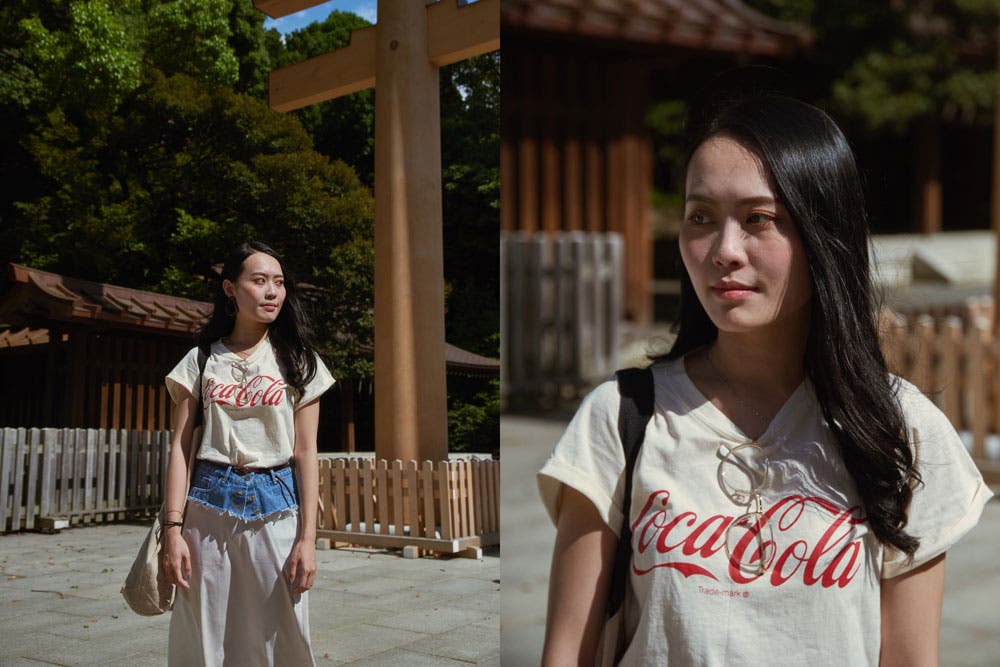
Kota, pictured below, is an actor, filmmaker, and if you’re lucky to hang with him in warm company, you can even catch him singing. He is headed to NYC this fall and it will be great to have his spirit and talents added to the mix of the city I call home. We spent a leisurely half hour with a spontaneous portrait shoot along a river in Kawasaki city. All of these shots are Streaklight in the standard reflector, filling ambient.
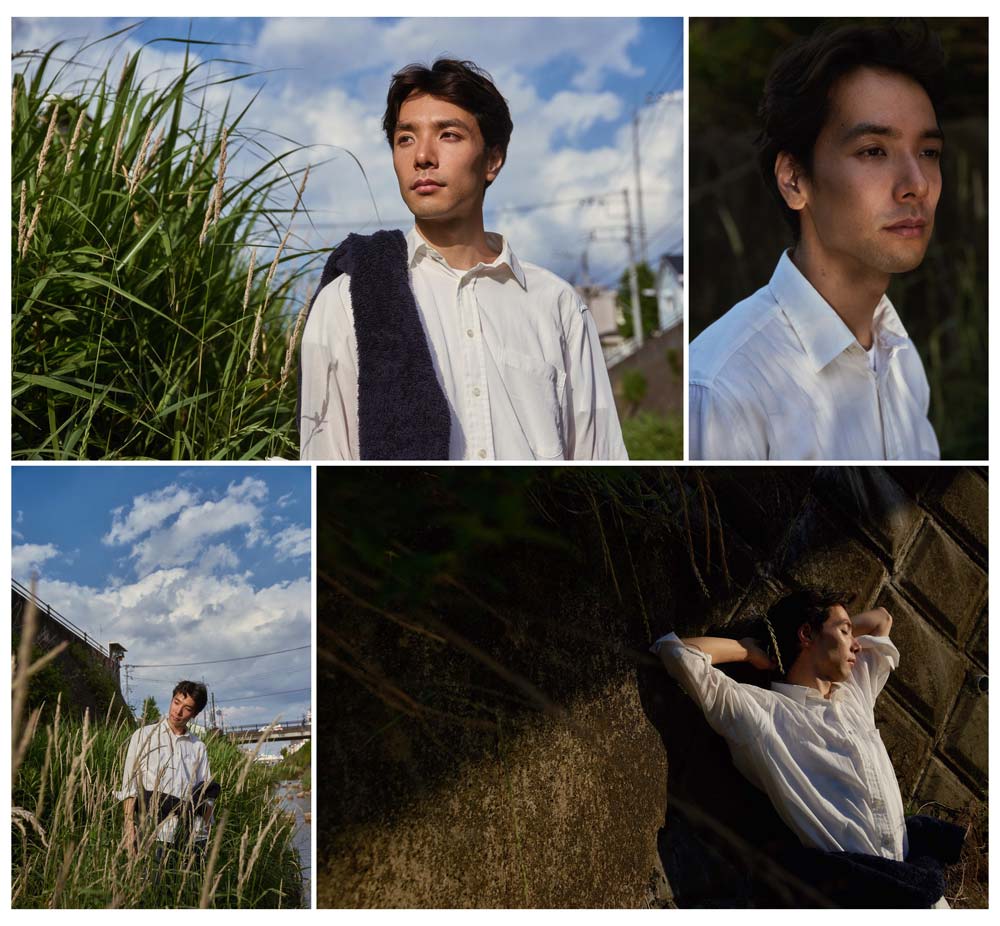
When sun is available, but not abundant, or access to it is indirect, I will switch strategies and have the sun play a supporting role to the Streaklight as key. This allows you to “hide” the Streaklight in the ambient, making images that appear to be entirely natural as the ambient lights the surrounding environment. This approach also allows you to create consistent photos over a greater span of time, without worry that subtle changes in the ambient light will have great impact on your images. Here are some lifestyle portraits which make use of the Streaklight in this way:
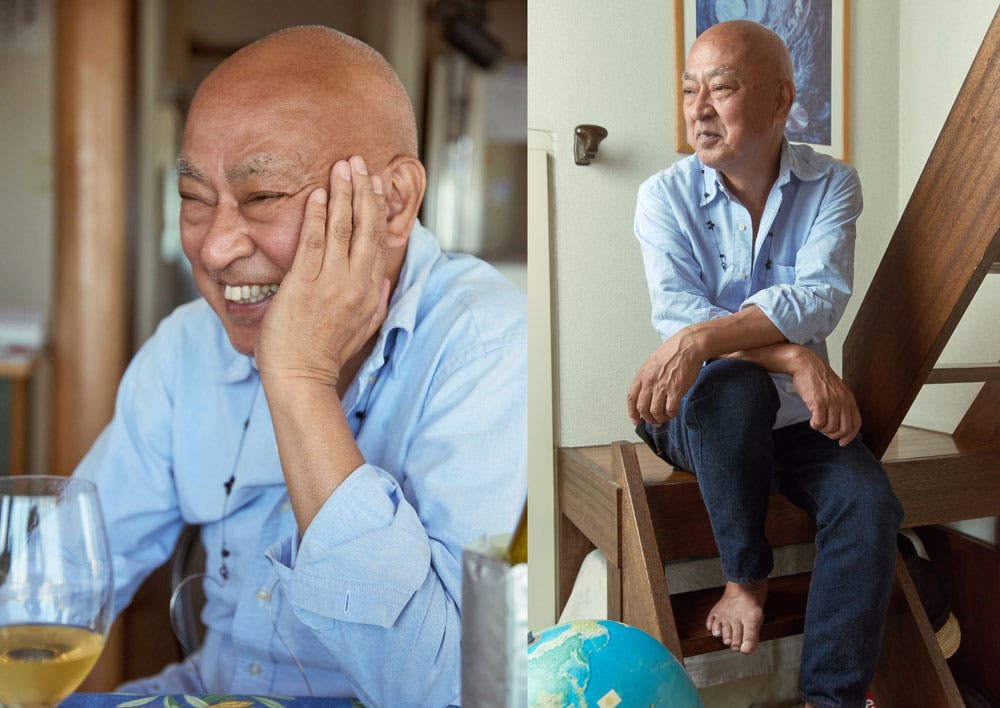
Mr. Sano, pictured above, is a very busy man – having worked in fashion for many years, he now is channeling a longtime passion for cooking and opening his own restaurant in Kichijoji. I had a portrait session scheduled with him, but we were working with a narrow window of time. It was overcast much of the day, and yet I wanted to create images that conveyed some of the lightness of his spirit. The above lifestyle shots feel natural, and I couldn’t have produced them with such a bright, clean feeling using ambient alone. I used the Glow Parapop, held by an assistant, to add a little dimension to these images.
Yet another way to capitalize on the flexibility of the Streaklight system is to instead “pull away” from the ambient light, using the Streaklight to create more punch and contrast by shooting with it “above” ambient. For this strategy, you simply underexpose ambient light to taste – colors will appear more saturated, tonal values will appear more rich – and then bring in the Streaklight at a power setting just above the ambient exposure.
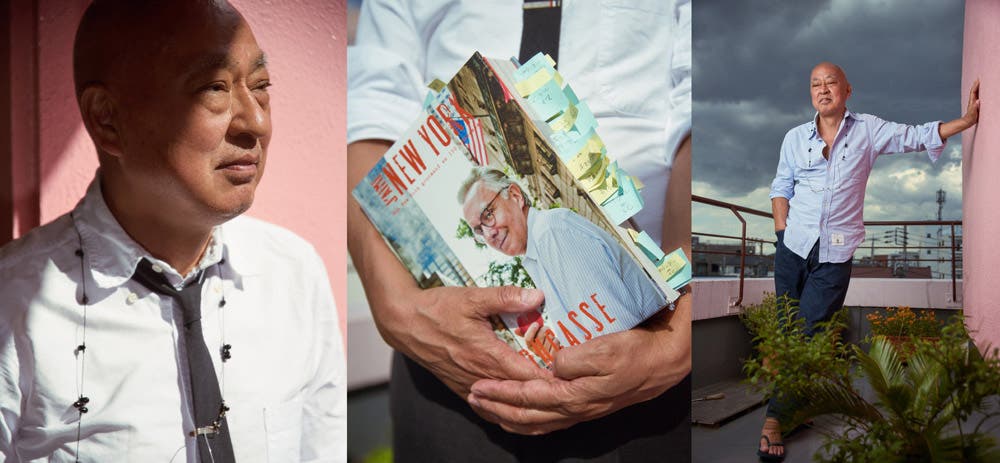
Taking Complete Control of Light (When Available Light Isn’t Ideal)
The above section explains two complementary strategies of mixing a Streaklight with sun, playing them off each other. This is a wonderful pair of approaches to bring to a shoot, but I’ve often found myself in less than ideal circumstances, where I have to abandon familiar and playful, and replace it with something more deliberate.
Mr. Tsuji is a lifestyle and outlook coach, with a passion for sports. He spends time developing rapport with professionals in high-pressure environments – athletes, musicians and business executives to name a few – helping them create the mental strength and flexibility to navigate the intense pressures they face. I was fortunate to meet him and produce a series of portraits, and though I found the thought of meeting him a little intimidating at first, his character put me at ease right away. It became obvious in a short time why people seek his talents and put their future in his skilled hands.
We walked the streets surrounding his office and found a few spots where I used natural light, or mixed Streaklight and ambient.

But for Mr. Tsuji, it’s often helpful to have business themed images for their promotional collateral. Here, I used two Streaklights – one in a Photek Softlighter, the other in the standard reflector for fill, in his office.
Here is one of the ideas – the Photek as key light, feathered down so that it falls away from the background. This way it creates a natural tonal separation using the inverse-square effect. I used the second Streaklight in a standard reflector, on a Nanopole, to fill shadows and add a little sparkle to his eyes.

And this is a BTS of the setup.
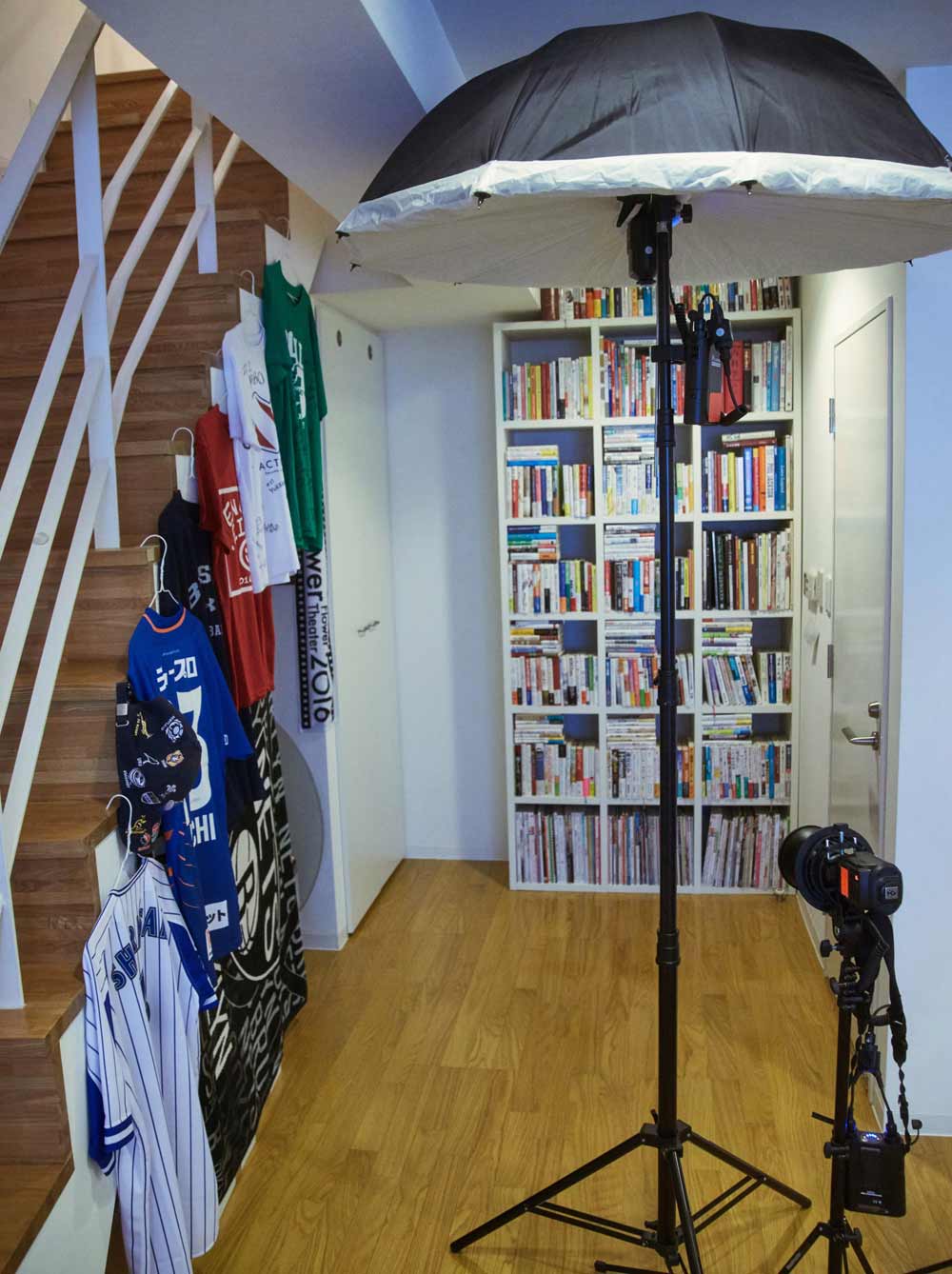
I used a similar setup, moments later, against a white wall elsewhere in his office, for a clean, straight headshot:

As you can see, I was fortunate to have a densely packed trip in Japan, thanks to the diligence and vision of a dear friend, Aya. For much of my time there I was up early in the morning, shooting throughout the day, returning to my home-away to edit late into the night. The next day I’d get up early to do it again! As the days began to blend together, I got a chance to see how my editing, file management and backup strategy worked under the strain. In the third and final part of this series – Travel Photography in Japan (Part 3): File Management on the Go – I will lay out the tools I use to keep files organized and secure while on the road.
LIGHT SYSTEM
(I travel with 2 or 3 of these complete systems for Nikon – Canon option is available)
- Flashpoint Streaklight TTL with power pack and standard reflector
- Y Power Doubler cable
- Protective metal cap
- Stand mounting clamp
- Glow S-type Bowens mount and umbrella holder
REMOTE TRANSMITTER
(One will trigger and adjust power remotely for up to 5 lights; or 5 groups of multiple lights)
- Flashpoint R2 Transmitter
- Flashpoint Bridge Receiver for R2 Transmitter & Non-TTL Streaklights
STANDS & MODIFIERS
- Glow Parapop 38”
- Photek Softlighter II 46”
- Avenger heavy duty stand (for key light and modifier)
- Manfrotto Nanopole
